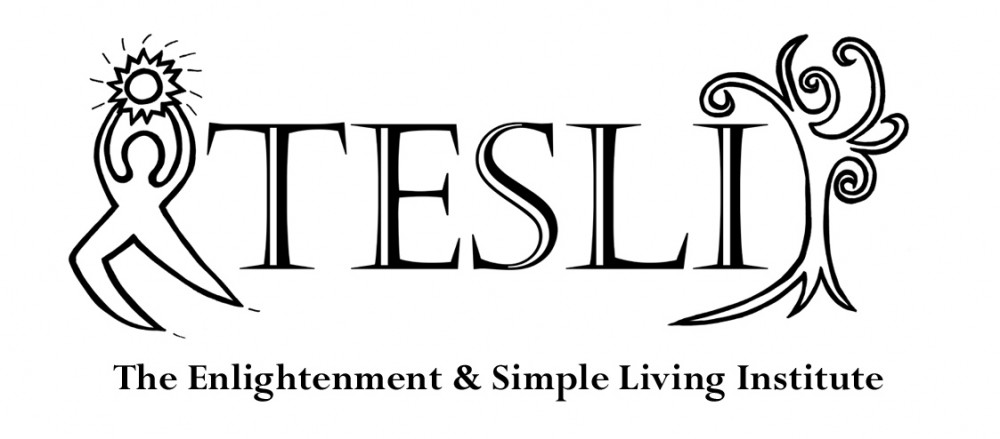Gakja is a Tibetan term that refers to “the object we deny”. It is something that does not exist and could never exist (ultimately). It is critical to understand the gakja because this is the “thing” that everything is empty of.
If I see you in the hall, coming out of a room and I ask you, “Is the room empty?” how do you know what to answer? Perhaps you say “yes” but then I peek in and what I see makes me disagree. The room we are talking about has a carpet and furniture, but no people. You say it is empty because “your” gakja is people. “My” gakja is furniture and I see the room as full because it is full of furniture.
People talk a lot about emptiness in Buddhism and sometimes I think people start thinking that it means nothing. One cannot talk about emptiness unless they define what they are denying exists. This is the gakja. This is the thing that everything is empty of.
In each school of Buddhism the gakja is defined differently. Here is the breakdown of the different ancient Indian schools of Buddhism followed by a concise definition of their gakja. Functionalist Gakja: the self that has no causes
Functionalist Gakja: the self that has no causes
Independents Gakja: the self that exists independent of its parts
Consequence or Implication School Gakja: the self that exists independent of my thinking about it or naming it.

